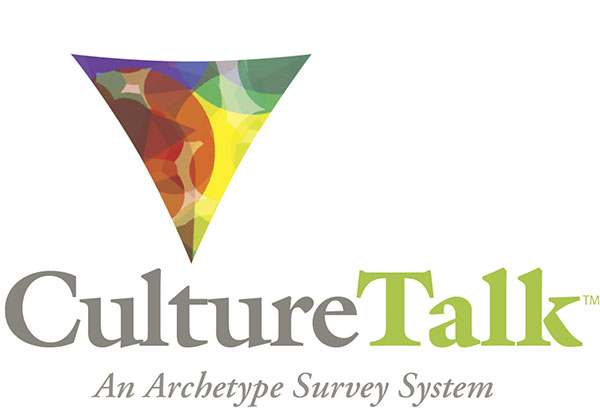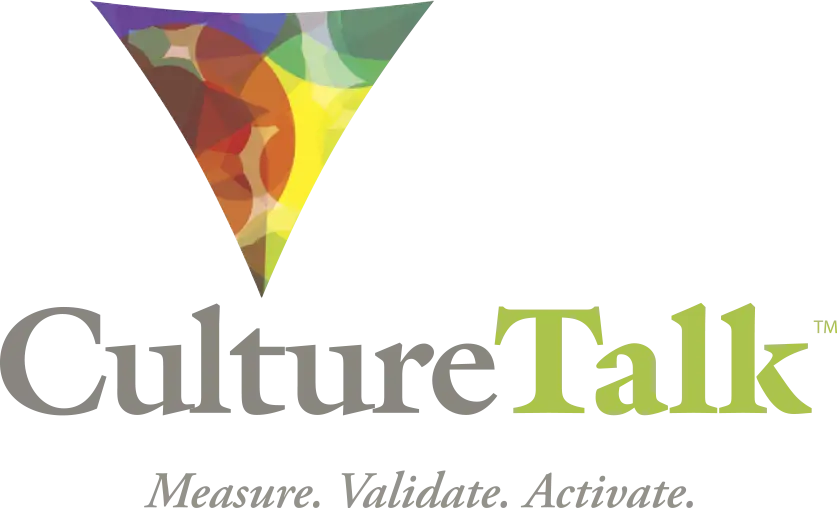Strategy Stuck? It May Be Time to Shift Your Culture
- August 14, 2023
- 5:54 pm
- Isabelle Forstmann
[Critical Path 2 of 6]
Culture Shift and Transformation is the second of 6 Critical Paths for Culture Success. We’ve been exploring key business strategies that can achieve stronger outcomes with Archetypes.
Many organizations are interested in measuring their culture, but they hesitate because they realize that if they do measure their culture, they may find that it needs to change.
While the prospect of culture change may feel daunting at first, it’s not as scary, overwhelming, or impossible as you might fear. With the right framework and process, a culture transformation can be distilled into practical steps and behaviors that get people at all levels of the organization rowing in the same direction.
Culture transformation is simply behavior change at scale. For change to stick, you need buy-in on all levels.
You want to people asking — as an organization, as a team, and as individuals:
- What can I do to support this culture change?
- How do I need to change and grow as well?
If you can accomplish this, it sets off a chain reaction where changes unfold and gain momentum.
We tackled the topic of culture shift in four LinkedIn LIVE conversations, including two work-in-progress case studies of culture transformations at large organizations. Read on for the highlights.
A Framework for Full-Scale Culture Change
Organizational development expert and CultureTalk Partner Todd Sazdoff joined us to discuss an ambitious culture shift initiative his team is leading. Here’s In this science-driven organization, expertise is often called into action. While playing the Hero is a point of pride, burnout is rife and past restructurings have left lingering divides and dissatisfaction.
Todd shared what he’s learned along the way during this ongoing change project.
- Our greatest assets can also be our greatest shortcomings. The Archetypes that measured highest in this organization, the Hero and the Sage, are not merely strengths, they are mission-critical. But the shadow-sides of these Archetypes were also the biggest pain points in the culture: burnout, bullying, and divides based on education level. This culture shift focused on moving from shadow to light– how do we do the things that make us great without overdoing them?
- Leaders need to lead the charge, but culture transformation cannot be a top-down initiative. Enthusiastic and willing leadership boded really well for the project, but the magic started to happen when an open invitation was put out to employees at all levels of the organization to get involved in the various stages of the initiative. The level of participation blew away all expectations, as employees took ownership of leading the changes they wanted to see.
- If nothing changes, nothing changes. Todd’s advice to those undertaking a similar project is: 1) Go Boldly. 2) Don’t be afraid of what you’re going to see because once you acknowledge and accept issues, you can transform them. 3) Sometimes, a less-than-ideal status quo can feel more comfortable than stepping into the unknown. Do it anyway. 4) Believe things can be better.

“At the start of this process, culture feels nebulous and intangible. Now we’re at a point where there's a strategic action plan with 23 discrete things that have been identified as needing to be shifted in some fashion.”
| Todd Sazdoff, CultureTalk Certified Partner
Who Do We Need to Become? A Culture Transformation Case Study
We hosted a discussion on how you can implement culture change that will support your strategic goals.
We were joined by CultureTalk Partner Reynaldo Naves, who shared a case study on how his team designed a desired culture and navigated change at one of Latin America’s largest companies.
- Key to Olivia’s process in this project was creating a desired future — a collaborative vision of the culture we could become. Through this exercise of imagination, the sometimes-slippery concept of “culture” becomes tangible. Then, this vision must be compared to the present reality, bringing the behaviors that need to change into sharp focus. This allowed Reynaldo and his team to identify new behaviors that supported this desired future.
- Shifting the culture across a 25,000-person organization was never going to happen overnight. Resistance is a natural, necessary, and productive part of this process. Reynaldo speaks to how the Archetypes offered a lens through which not only are strengths identified, but shadows are confronted.
- This work happens on a personal level and then that personal work is connected to the goals of the organization. What can I do to support our desired future? What am I doing that isn’t supporting our desired future?
- To create this change, Reynaldo and his team had to engage people on all levels of the organization, from the executive committee to the people working in the retail stores. The story of “who we want to become” had to be communicated to diverse audiences while stirring the same images and enthusiasm each time it was told. The team at Olivia found they had to tailor their approach when engaging people at the various levels of the organization. It comes down to one-on-one conversations. One person. One shop. One city.
Culture: The Common Thread
Culture touches everything. Many in-house teams or coaches and consultants are working on culture – even if they call their area of specialty by a different name! The fact is ‘culture’ underpins critical initiatives across the talent life cycle and the organizational ecosystem. So, if you are working in one or more of these areas — your efforts are connected to culture.
CultureTalk co-founders Cynthia Forstmann and Theresa Agresta took to LinkedIn LIVE to answer the question: Who are the people who shape culture? And, is it time to start shaping it on purpose?
- Cynthia and Theresa shared their background, including how they entered the culture conversation, through the doorway of brand development. In their brand work, they needed a way to get inside the heads of their clients to craft a story for that brand that felt authentically them. But “here’s who we are and here’s what makes us tick” is a hard thing to articulate. Culture was the shortcut they found. By measuring organizational culture, through the framework of Archetypes, they were able to cut directly to the stories at the heart of the organization. Once the brand project was finished, the clients wanted more — thus CultureTalk was born.
- There are many doorways into the culture conversation. Many people are doing work that shapes organizational culture, whether they realize it or call it such. Brand-building. Leadership and teaming. People strategy. Change management. Hiring and onboarding. DEI and engagement. Mergers and Acquisitions. People and organizations are inextricably intertwined; culture cannot be separated from any of these specialties, so our best option is to work on culture consciously and intentionally.
- Culture is not static. Sometimes, a big change in an industry or market can cause a shock to an organization’s culture —forcing it to grow, expand, and evolve. Change initiatives can require the culture to shift and reshape itself —but it’s not organizations that change, it’s people. Those changes need to happen on an individual level.
How to Transform Workplace Culture
Culture is the glue that binds organizations, teams, and individuals together. And sometimes a culture needs to change to support new strategies and growth. In this conversation, CultureTalk co-founders Cynthia Forstmann and Theresa Agresta walked through the process of building a culture shift initiative and shared why it’s so critical to create buy-in on all levels.
- How long does it actually take to transform workplace culture? Theresa encounters two perceptions when it comes to this question: 1) people think they can shift culture with a quick, check-the-box program or 2) They fear it will take years and years, and that prospect is so overwhelming they’re afraid to start. Don’t fret! One to two years is a reasonable time to great some great traction on this kind of initiative.
- A well-executed culture shift initiative is like a stadium wave at a sporting event: everyone knows when their turn is coming, and they’re excited to step up. Everyone sees their part in the shared vision of change and takes ownership over their behavior, making choices that foster and reinforce the type of environment they want to work in.
- When people are engaged and the culture shift is proceeding in a healthy way, the finger-pointing vanishes. Instead, the attitude becomes “What went wrong here?” “What can we, as a group, do to avoid this in the future?” Individuals feel safe in being vulnerable and asking for support.
Have you been tasked with shaping and shifting culture? Learn more about CultureTalk Certification and how you can bring these tools into your organization or practice.
Read more about CultureTalk for Culture Shift and Transformation.









